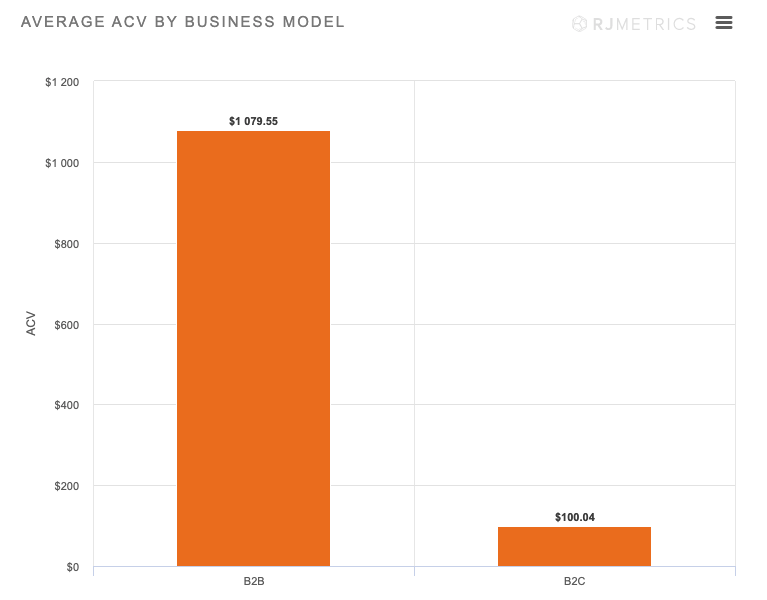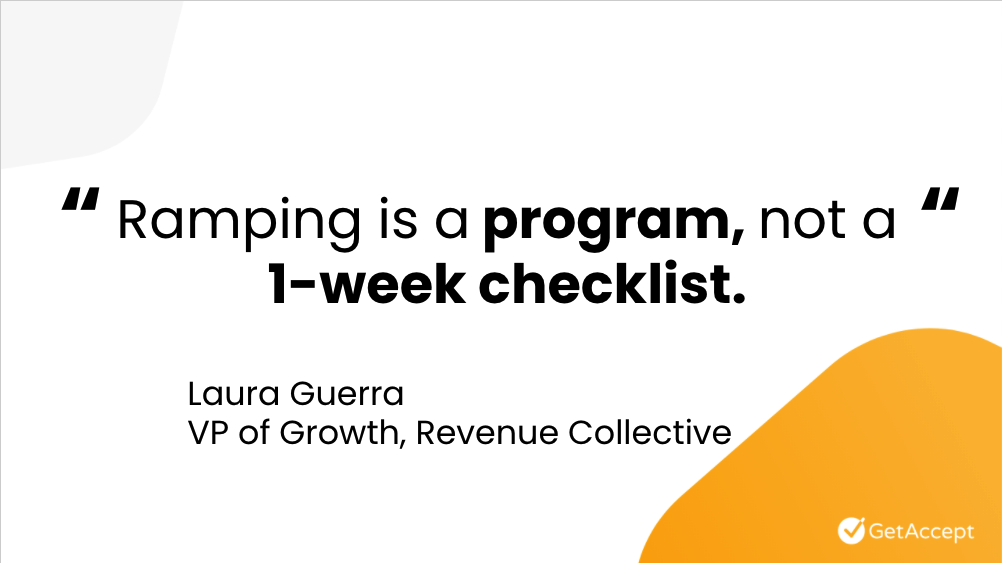With so many different metrics to track, how can one sales leader manage them all while supporting a team of winning sales reps?
This is exactly what we set out to answer in our latest webinar, “13 Benchmarks of Top Tier Sales Teams that Win.” We brought together top sales minds from Revenue Collective, Postal.io, and Chorus.ai to get to the bottom of the “metrics madness” and the verdict is in: here are the top four metrics you need to measure to lead your team to success.
1. Win rate
As the saying goes, you can’t measure what you don’t win.
This explains why win rate is the top metric for any sales team. How a team measures win rate, however, depends on several factors.
As Laura Guerra, VP of Growth at Revenue Collective points out, win rate involves so many critical components of the sales process.
“Having a framework or a system to really diagnose how you can measure the different variables that go into win rate quarter after quarter is really the most important part,” Guerra said.
Lead qualification, discovery, and the product demo itself all help to hold prospects’ attention -- which is more important now than ever as selling has gone remote.
Sales leaders should keep in mind that behaviors behind the win rate make all the difference when closing deals. They should also look into their win rates a little more closely to analyze what deals are being won and how.
2. Average contract value (ACV)
When it comes to deals, deal size matters the most. Average contract value, or annual contract value, determines how much your customer contracts are worth each year -- a particularly valuable benchmark for SaaS companies.
Average contract value often increases with average deal time but can decline as the percentage of “freemium” users increases as well.
Improving ACV is more than just a quick fix for sales leaders. Increasing your ACV requires careful strategy and execution with potentially huge rewards for your company’s revenue.
“ACV is a more strategic and long-term impactful change that can usually involve product and marketing teams,” said Patricia DuChene, VP of sales at Postal.io.
A “good” ACV, however, depends on your business’s unique customers and metrics. A B2B SaaS company selling to large enterprise businesses, for example, might have a higher ACV than a B2C company. It’s all relative to your market!

If you’re looking to increase the average value of each contract or customer, collaborate with your product and marketing teams to target the right customers with specific, tailored solutions.
3. Ramp time
Our experts agreed that ramp time is crucial for any sales leader looking to build a successful team. New sales reps need a robust training program that:
- Builds an understanding of the product and business
- Coaches junior reps on effective selling techniques and strategies
- Provides a framework for evaluating success
The faster your sales reps can ramp up, the less time it will take them to be fully productive members of your sales team. But that doesn’t mean sales leaders should sacrifice in-depth training and coaching in those critical early months. Rushing the ramp-up process could stall your new reps’ performance and success.

As Laura Guerra from Revenue Collective pointed out, the ramp-up period shouldn’t end with onboarding. Junior sales reps often need coaching beyond the first few months of onboarding in order to truly be successful in the role.
4. Pipeline coverage
You don’t want to realize too late that you don’t have enough deals in your pipeline to meet your monthly or quarterly goal. That’s why the sales leaders we spoke with named pipeline coverage as one of their top sales benchmarks.
Pipeline coverage, or the ratio between existing deals in the pipeline and the quota needed to close, is an important benchmark that allows sales leaders to strategize and plan for hitting their targets.
Pipeline coverage often depends on the company’s win rate: 3 or 4 times an average win rate would mean robust pipeline coverage for most sales leaders.
That doesn’t mean pipeline coverage is a “set it and forget it” metric, though. Sales leaders should be prepared to adjust their pipeline metrics down as the company grows.
Start tracking the top sales benchmarks today
There you have it! These are the top 4 benchmarks the top sales teams are tracking: win rate, ACV, ramp time, and pipeline coverage.
Of course, there are many more metrics and benchmarks sales leaders must keep track of day-to-day. For a full rundown of 13 of the best benchmarks for sales leaders, and an in-depth look at how we chose these 4 metrics, check out the recording of our webinar!




